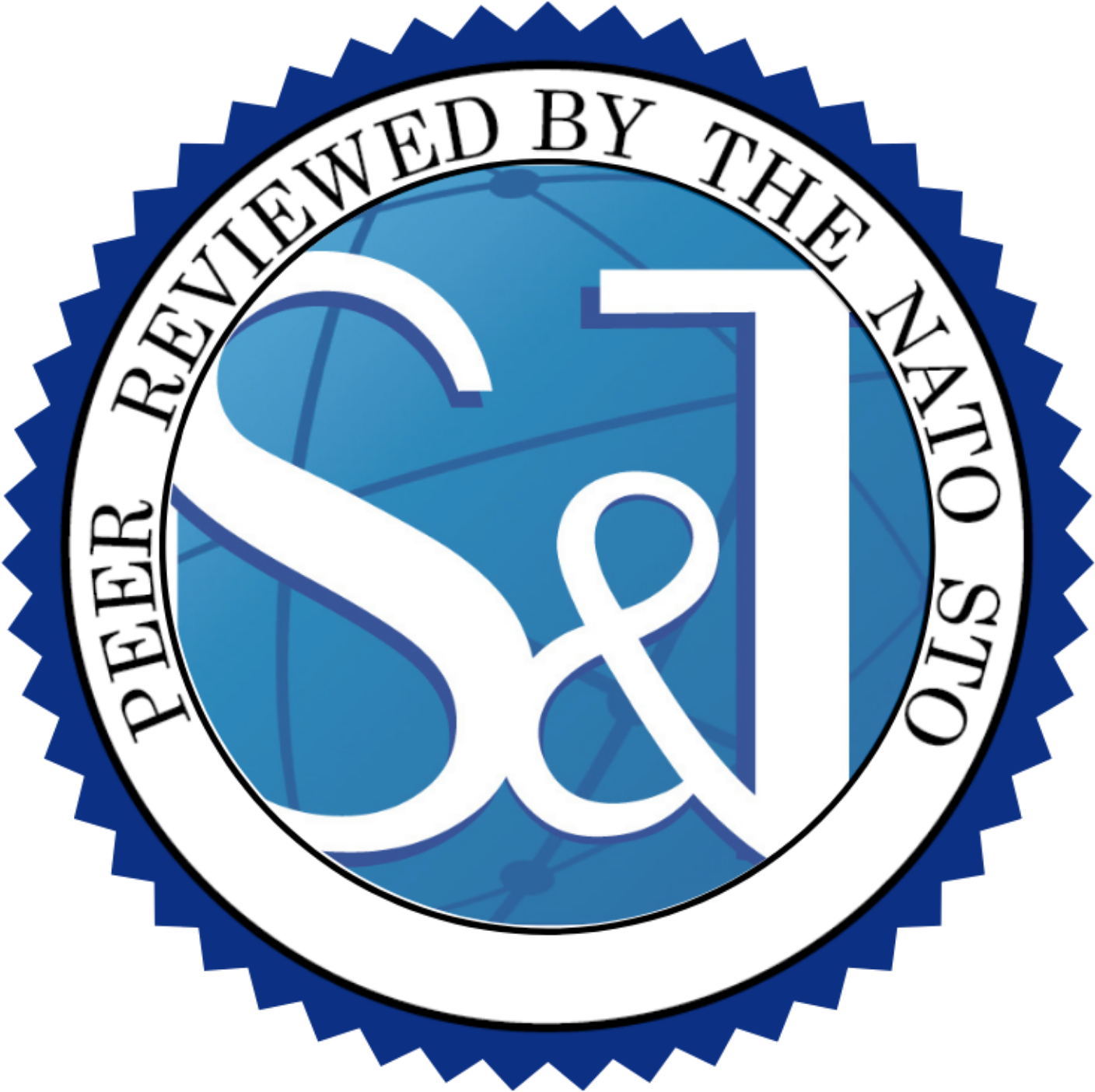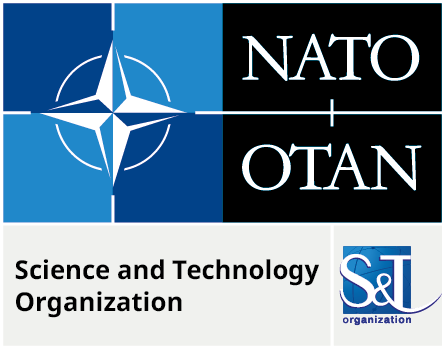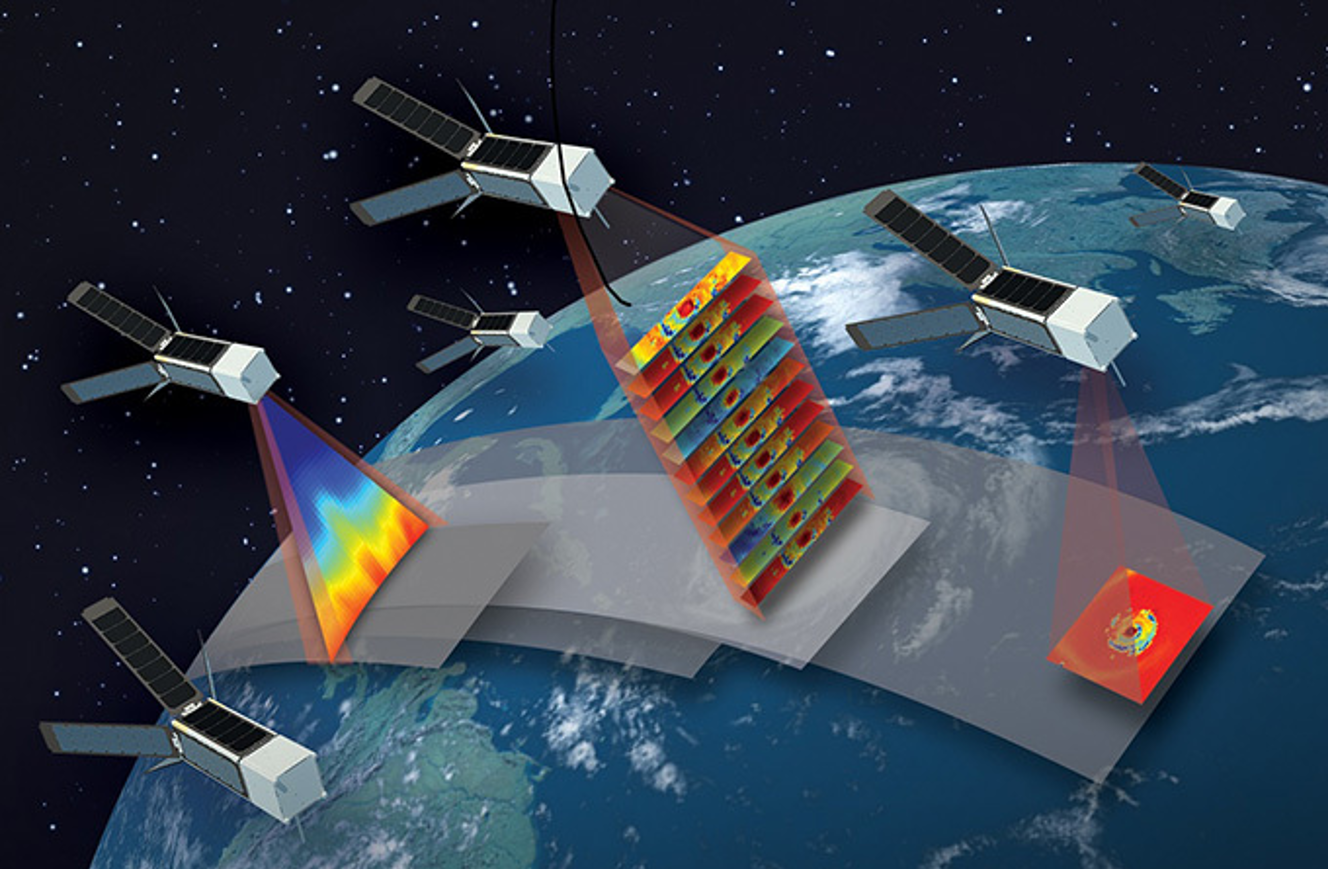Author(s): Erhan Topal; Berat Şevval Yeniçerioğlu; Selçuk Çelik; Duran Sayali; Vedat Kizilkaya ![]()

DOI: 10.14339/STO-AVT-336-1 | ISSN: TBD
In recent years, there has been a tendency to use micro and nano-class satellites for applications such as EO (Earth Observation) and AIS (Automatic Identification System) satellite systems. The number of satellites has also increased, to decrease the time resolution of the acquired data (such as revisit time) or to perform continuous services for applications such as IoT (Internet of Things).
Citation:
ABSTRACT
In recent years, there has been a tendency to use micro and nano-class satellites for applications such as EO (Earth Observation) and AIS (Automatic Identification System) satellite systems. The number of satellites has also increased, to decrease the time resolution of the acquired data (such as revisit time) or to perform continuous services for applications such as IoT (Internet of Things). On-board automation is required for the constellations with hundreds of satellites to provide the desired common task in applications such as IoT; however, mission planning on-ground is still essential for high-resolution imaging or SAR (Synthetic Aperture Radar) satellite systems because of the task complexity and reliability requirements. As a solution to this problem, there are a few generalized or semi-generalized mission planning softwares in use today. On the other hand, developing a generalized, mission planning tool that fits all kinds of satellite system missions is a challenging study or maybe it is not possible to attain 100% generalization. Different types of tasks performed or even handicaps of satellites bring changes in mission planning requirements and consequently modification of the software. In this study, a new mission planning software and the methods used in this software are introduced. The proposed software is designed to reduce the need for modifications by using configuration parameters and to reduce the cost and time of modifications in case of any modifications needed.
DOWNLOAD FULL ARTICLE


